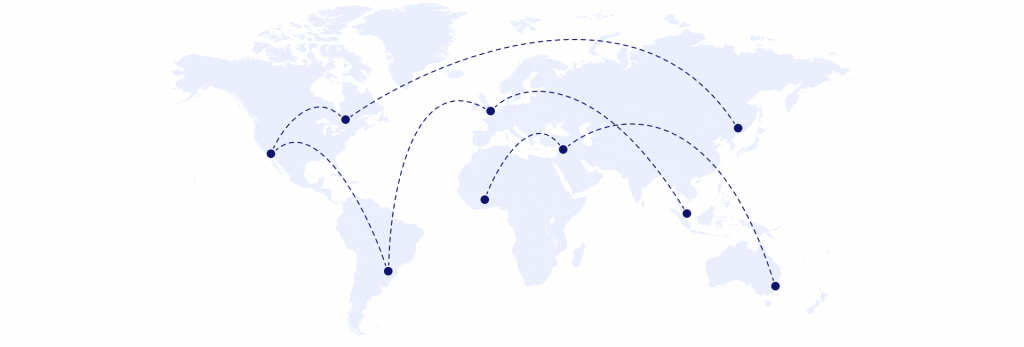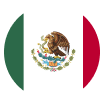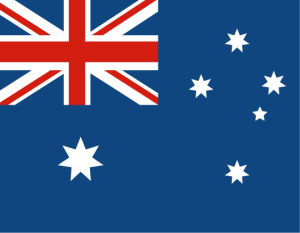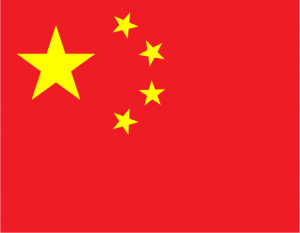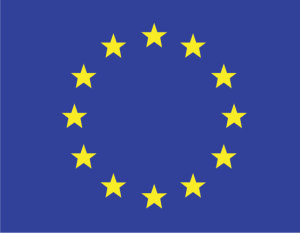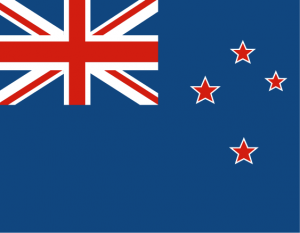How SMEs can expand into new markets
The benefits of expanding into new markets include increased revenue and overseas brand awareness. But what are the practical steps associated with going global, and is international expansion realistic for UK-based SMEs?

There are many ways to expand your business overseas. Some companies export UK-made products into foreign markets, while others set up shop in African, Asian or Latin American countries. So, what are the benefits of expanding into new markets — and are they worth the risks involved? .
We’ll begin this article with a breakdown of expansion advantages; then we’ll reveal a reliable ten-step approach to international expansion for current UK marketplace sellers.
- What are the benefits of expanding into new markets?
- Expanding a small business into international markets
What are the benefits of expanding into new markets?
Brand new markets represent opportunities — specifically, opportunities to grow revenue. As soon as you expand into a foreign market, your pool of potential customers grows to incorporate target audiences in your new region’s consumer base. With the right marketing tactics in place, a larger audience should translate to a greater number of conversions.
According to GOV.UK, 232,000 SMEs in the UK exported products into foreign markets in 2017. Perhaps surprisingly, 47,000 new UK-based companies — ventures less than two years old — had active export strategies in place.
When you export goods in bulk, send single products to customers abroad or set up shop in emerging markets in Africa, Asia and Latin America, you could:
- Bring in more revenue
- Escape a saturated market and stay ahead of the competition
- Reduce your dependence on domestic demand for your product
- Gain access to foreign talent
- Be eligible for UKEF buyer credit support and insurance
- Provide international customers with a better regional service
Expanding a small business into international markets
If you’ve been successful domestically, it could make business sense to extend your operations into foreign markets. It isn’t always easy to find information about exporting — or about setting up a business presence overseas. In fact, according to the 2020 DIT National Survey of UK Registered Businesses, 27% of potential exporters felt constrained by a lack of exporting knowledge.
Many businesses use a ten-step approach to help them expand into new markets overseas. Without further ado, let’s dive into each stage.
Step one: create a game plan
Before you do anything else, write an overview of all the things you need to do to take your business global. This will read a little like a standard business plan: you’ll include your company information, details about the products you plan to sell overseas, a marketing strategy and a financial strategy. You’ll also need to explore logistics and red tape — customs rules, international law and currency conversion, for example.
Step two: perform market research
Most businesses perform a thorough marketplace analysis before proceeding with international expansion plans. If you have the budget to perform primary market research, then do so; if you don’t, use the best secondary data sources you can find to deep dive into your target market. Try to find out about regional infrastructure, what consumers want, how much they’re willing to pay, and how quickly they expect to receive products.
- Open up to 20 local currency accounts, with local sort codes, account numbers and IBANs
- Collect secure payments from 130+ marketplaces, overseas buyers and payment processing gateways
- Pay suppliers, partners and staff in 40 currencies without hidden fees
- Pay and get paid easily with local bank details on your invoices
- Lock in conversion rates to manage your currency risk
Step three: assess your competition
You probably won’t be the only player on the field — so it’s important to find out as much as you can about your marketplace peers. Perform a SWOT analysis on your top competitors in each region, assessing things like business domicile, company size, product features, pricing structure and overall strengths and weaknesses. Then, use the data you find to define your unique selling proposition (USP).
Step four: pick your product
If you have more than one product, now’s the time to pick your primary item for export. Many companies begin expansion strategies with a limited range of products to limit risk, and then increase their offering as they become more successful in new markets.
Step five: segment your target market
Emerging markets, including China, bring growth potential to the table. Many consumers in up-and-coming markets enjoy novel products — and an increasing number have the capital to buy those items. The key is to find out how many people in your target market might want to buy your product — and that’s where segmentation comes in.
To segment a regional market, take a look at national marketplace characteristics to identify consumer traits. Then, separate your target group and divide it into sections based on demographic data.
Step six: read the rules
Before you make concrete plans to manufacture a product for — or export a product into — a foreign market, familiarise yourself with the country’s rules and regulations. Pay close attention to packaging and labelling laws, and to legal quality standards in your target region. There may be special rules about — or restrictions on — food or pharmaceutical imports, for example.
Step seven: create a logistics strategy
Next, create a practical logistics strategy. If applicable, consider how you’ll send goods overseas: will you use container shipping or air freight? If you plan to manufacture products in China and export them into neighbouring countries, what type of paperwork will you need to complete? What will your storage or warehousing needs look like in the new region?
Step eight: visit trade shows
If you have the chance, showcase your product at a regional trade show to gauge interest. Some trade fairs have gone fully or partially online in the wake of the COVID-19 pandemic, so they’re more accessible to newcomers currently based abroad.
Step nine: test in a low-barrier market
If you plan to launch your product in more than one region, consider starting with a single low-barrier market to minimise risk. Some UK businesses begin by exporting to Singapore or Hong Kong, for instance, before moving into the rest of Asia. Emerging low-barrier markets include Malaysia, Oman and Jordan.
Step ten: go live and track results
If your product and your strategy work in a low-barrier environment, you can go live in other target markets. After you begin trading, keep a close eye on sales metrics and other market indicators, and make strategic changes accordingly. Key performance indicators (KPIs) for global marketplace success include traffic volume, conversions, consumer loyalty and revenue.
Working with an international payments partne
In a recent UK government survey, 15% of UK businesses — one in seven companies — self-identified as potential exporters, but hadn’t yet exported products overseas. It stands to reason, then, that many UK-based businesses, perhaps including your company, have untapped export potential.
The benefits of expanding into international markets can be considerable — and with the right international payment partner at your side, financial transactions can flow smoothly, too. With more than a decade of experience in cross-border business payments, WorldFirst is the clear choice for international currency transfer. With a WorldFirst account, you can transfer funds at speed, send mass payments, manage risk and save money.
To find out more about WorldFirst products and services or call 0207 801 1065 today.


The opportunities in Malaysia when expanding your business globally
Explore business opportunities and manage costs effectively in Malaysia with this guide for European businesses.
Dec / 2024
Poland’s tech hubs that are driving business innovation and growth
Discover how Warsaw and Krakow are driving business growth in Poland. Learn about their innovative tech scenes and opportunities for expansion.
Dec / 2024
How Poland’s stable economy lets businesses thrive
Poland’s resilient economy and pro-business policies make it an ideal destination for businesses looking to grow.
Dec / 2024WorldFirst articles cover strategies to mitigate risk, the latest FX insights, steps towards global expansion and key industry trends. Choose a category, product or service below to find out more.
- Almost 1,000,000 businesses have sent USD$150B around the world with WorldFirst and its partner brands since 2004
- Your money is safeguarded with leading financial institutions
